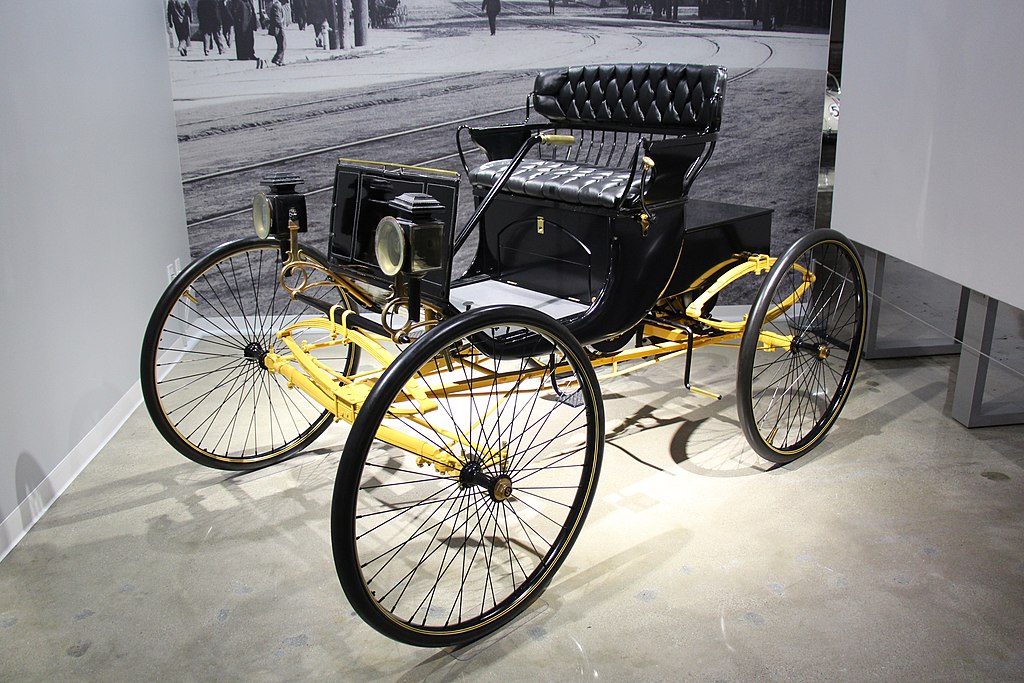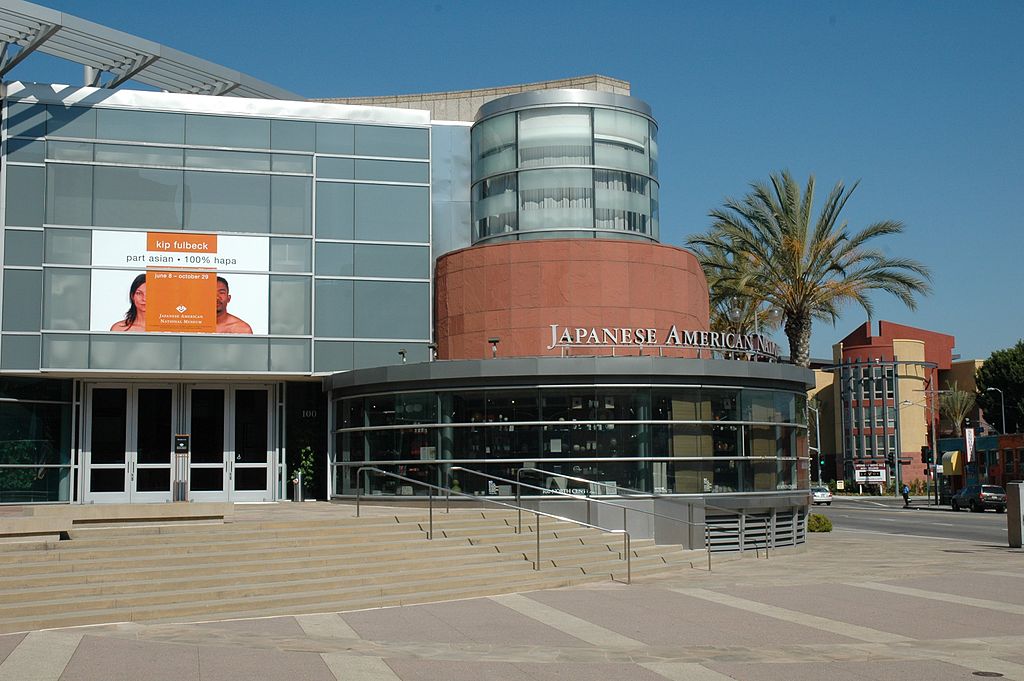
This wooden statue of Avalokiteśvara is a bodhisattva from China’s Song Dynasty of about 960 – 1279. Seated in a position of the “royal ease” with the right hand resting on a bent right knee and the left hand in the gift-granting gesture. The image is dressed as an Indian prince with long and fluid garments; and with sashes, scarves and jewels.
Bodhisattvas are a favorite subject in Buddhist art and are variably portrayed in different cultures as either female or male. In Chinese Buddhism, Avalokiteśvara has become a somewhat different female figure called “Guanyin.” Guanyin is an East Asian bodhisattva commonly known as the “Goddess of Mercy” in English. The Chinese name Guanyin is short for Guanshiyin, meaning “[The One Who] Perceives the Sounds of the World.”
Religion in Song China
Faith in China during the Song period had an increasing effect on people’s lives and beliefs as Chinese literature on spirituality became popular. The principal deities of Daoism, Buddhism, plus Ancestral spirits and the many Chinese folk deities were worshipped with sacrificial offerings. More Buddhist monks from India traveled to China during the Song Era than in the earlier Dynasties. With the growing prosperity and economy during this period, increasingly more foreigners traveling to China to conduct their trade or live permanently, there arrived many foreign religions included Muslims, Jews, and Persians.
Song Dynasty
Emperor Taizu of Song founded the Song dynasty, which lasted from 960 to1279. The Song government was the first in world history to issue banknotes or paper money nationally and the first Chinese government to set up a permanent standing navy. This dynasty also saw the first practical use of gunpowder, as well as the first discernment of true north using a compass.
Social life during the Song dynasty was vibrant. Citizens gathered at town and city centers to view and trade precious artworks, the populace intermingled at public festivals and private clubs, and cities had lively entertainment quarters. The spread of literature and knowledge was enhanced by the rapid expansion of woodblock printing and the 11th-century invention of movable-type printing. Technology, science, philosophy, and engineering flourished throughout the Song era. The institution of the civil service examinations became even more prominent in the Song period, leading to a shift from the earlier military-aristocratic élite to a bureaucratic élite.
Bodhisattva Avalokiteshvara – Guanyin
- Title: Bodhisattva Avalokiteshvara – Guanyin
- Chinese: 觀世音, 观世音
- Burmese: ကွမ်ယင်မယ်တော်
- Vietnamese: Quan Âm
- Thai: กวนอิม
- Dates: 960 – 1279
- Provenience: China
- Period: Song Dynasty (960 – 1279)
- Materials: Wood
- Museum: Asian Art Museum – San Francisco
A Tour of the Asian Art Museum
- Dancing Ganesha
- Seated Ganesha
- Bodhisattva Avalokiteshvara – Guanyin
- Seated Bodhisattva Avalokiteshvara – Guanyin
Explore Buddhist Art
- Mucalinda Sheltering Buddha
- Buddha Protected by Mucalinda
- Buddha performing Twin Miracles at Sravasti
- Buddha
- Seated Buddha from Gandhara
- Luohan – Yixian Glazed Ceramic Sculpture (British Museum)
- Luohan – Yixian Glazed Ceramic Sculpture (Royal Ontario Museum)
- Luohan – Yixian Glazed Ceramic Sculpture (MET)
- Garuda (British Museum)
- Avalokiteshvara – Guanyin (British Museum)
- Popular Buddhist Art
- Walking Buddha
- Meditating Buddha Shakyamuni
Reflections
- Have you tried sitting in the position of “Royal Ease”?
- Does this Guanyin look like “The One Who Perceives the Sounds of the World”?
- Can you see Indian influences in this sculpture?
~~~
“A smile will gain you ten more years of life.”
– Chinese Proverb
~~~
Photo Credit: JOM
Top Posts & Pages








 Sponsor your Favorite Page
Sponsor your Favorite Page SEARCH Search for: Search Follow UsJoin – The JOM Membership Program
Become a Patron!
Sponsor a Masterpiece with YOUR NAME CHOICE for $5
Share this:
- Tweet
